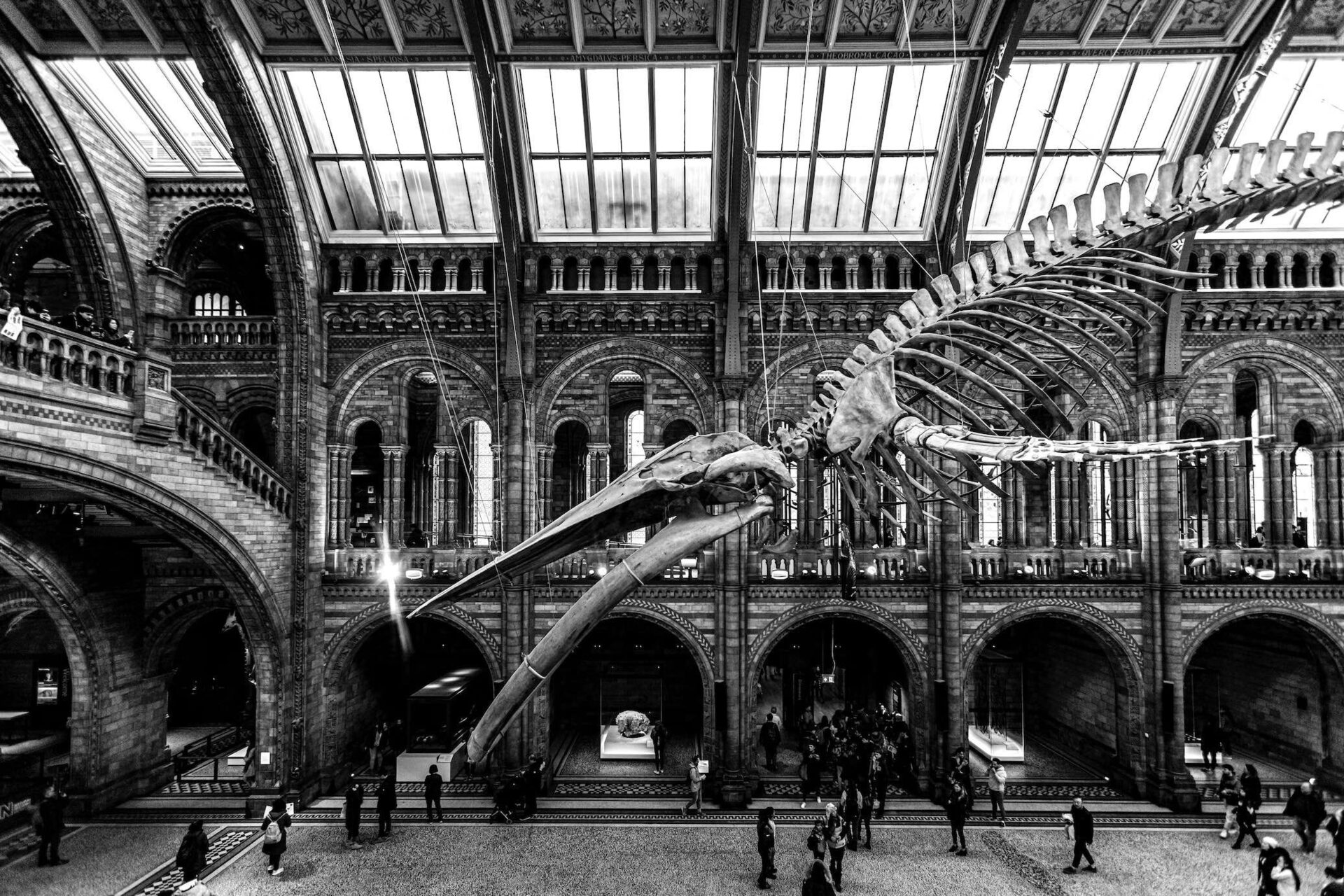Over the last few years, across the UK, museums and cultural venues that rely predominantly on low entry fees, event tickets, and donations have suffered a great deal. Without the usual foot traffic for a large portion of 2020 and into 2021, there’s now a big focus on getting back to business as usual throughout 2023. While some did manage to put out virtual tours online, as the National Gallery in London did, others are more focussed on the in-person experience.
To try to help, beneficiaries of the Cultural Investment Fund have been given a shared pot of £58.5 million across the country. The 70-odd cultural organisations that received a portion of the grant were, naturally, very grateful, but the onus is still on these venues to recover visitor figures themselves. Being one of the most famous in the UK, the Natural History Museum can pull off a major comeback. This looks to be coming in the form of a brand new exhibit that puts one of the largest creatures to ever roam the Earth in a paid attraction.
A titan comes to the Natural History Museum in London
It’s certainly not uncommon for museums to trade exhibits or send their prized displays on tour. A fine example of this was when the neovenator skeleton, discovered on the Isle of White, was taken all of the way to the Fukui Prefecture in Japan to join the Dinosaur Museum’s extensive theropod exhibition. Even the Natural History Museum’s most famous exhibit, Dippy, went on in 2017 across the UK, returning for a stint between May 2022 and January 2023 to add more weeks to its incredible residency that started in 1905.
From 31 March 2023, the Natural History Museum will boast another colossal prehistoric animal, but this one dwarfs even the famous diplodocus skeleton. A titanosaur – specifically, a Patagotitan mayorum – will call the Natural History Museum its home until 7 January 2024. However, it won’t simply stand where Dippy once did. Instead, the museum will host a dedicated display in the Waterhouse Gallery, which will cost £16 per ticket. The museum reports it as being 12 metres longer than the famous blue whale skeleton, which clocks in at 25.2 metres.
However, the blue whale does remain the largest animal to be on display at the Natural History Museum as it’s still the largest creature ever known to be on the planet. This comes down to weight, with the titanosaur estimated to weigh up to 60 tonnes, while blue whales can grow to up to nearly 200 tonnes. In fact, average blue whales recorded in the Northern Hemisphere hit around 108 tonnes. Regardless, the new titanosaur display will further fuel the national obsession with dinosaurs, from new discoveries around the country to being drawn to entertainment that features the long-extinct beasts.
Popularity of prehistory to prove a boon for the NHM
Bringing in such a large display and charging for access should prove to be a big earner for the Natural History Museum, especially because the UK public is so infatuated with prehistoric life. It’s clear that they’re a huge draw in entertainment and activities, particularly, with businesses investing big to pull on their appeal. Take the upcoming Jurassic Cove Adventure Golf being set up in Basford. It was only on 20 March 2023 that reports detailed the huge dinosaur sculptures arriving to have six animatronic beasts enhance the 18-hole course.
Indoors, dinosaurs have famously been huge draws for entertainment seekers. In the UK – and across most of the world, for that matter – the go-to source for this kind of action is Jurassic Park and Jurassic World. The American movies earned billions in their latest box-office runs. There are many games and even themed slots based on the franchises. The latest additions to this line of entertainment, Jurassic Park Gold and Jurassic World Raptor Riches, are staples of top games and trending games pages.
While the British public has been very receptive to the recent spike in prehistoric documentaries, particularly Sir David Attenborough’s The Final Day and even Apple’s Prehistoric Planet – which sought to emulate the impact of the BBC’s 1999 documentary Walking with Dinosaurs – the latest dino-centric cinematic release didn’t exactly roar into action. The movie 65, starring Adam Driver, is said to have only made $20.8 million worldwide, with the terrible release date mostly pointed to as the blame. BFI figures say that 65 made £1.2 million in its opening weekend in the UK, with big-hitters Scream VI and Creed III – in their first and second weeks – ahead.
Still, the relative flop of 65 shouldn’t be taken as a lack of interest in the theme. The UK continues to show its interest in prehistoric life across entertainment and cultural venues. As such, the slight gamble of housing and setting up the massive titanosaur display should pay off for the Natural History Museum and be quite the earner.





































